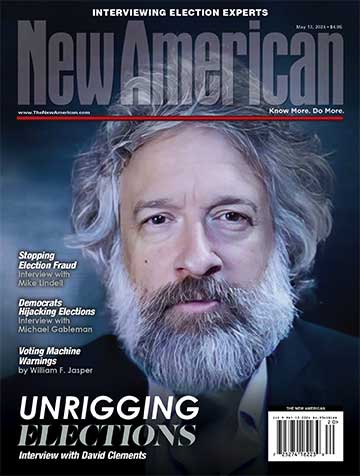
The headline number from Cambridge University, released on Tuesday, was scary. In its “worst case scenario,” the Centre for Risk Studies projected that the COVID-19 shutdown will cost the world’s economy $82 trillion. $20 trillion of that would be borne by the United States.
But wait! That’s the worst-case scenario. And it’s over the next five years.
The “middle case,” which the economists at the Centre call their “consensus” expectation, is for global costs to be vastly lower. And its “best case” — “a scenario in which pent-up demand fuels a rapid economic recovery” — projects a global cost of just $3.3 trillion, or about two-thirds of one percent of total global economic output over the next five years.
Here’s the number to keep in mind: Global economic output is rapidly approaching $100 trillion a year. In five years that’s $500 trillion — half of a quadrillion (the numeral one with 15 zeros after it). And the U.S. economy generates nearly a quarter of that.
It’s all about perspective. Michael Hicks, an economics professor at Ball State University, came up with $7 trillion in total costs of the COVID-19 virus back in March. He included not only the losses incurred by the economy, but the medical costs as well. Missing, unfortunately, was the time period. It must be assumed therefore that Hicks meant total costs over the lifespan of the virus.
In April, the Asian Development Bank (ADB) estimated that COVID could cost the world $4.1 trillion. A month earlier, it said that the outbreak would cost the world’s economy less than $350 billion.
Perspective can be gained by considering that the Spanish Flu, which ran for two years, from 1918 to 1920, killed 40 million people worldwide. At present, COVID-19 (if the numbers can be believed) has killed 319,000 people worldwide.
And the Spanish Flu, when it burned out, was followed by the post-World War I recession that lasted 18 months. The stage was set for the Roaring Twenties, when the U.S. economy rebounded mightily, jumping nearly 50 percent in total output between the summer of 1921 and October of 1929.
As Yogi Berra was fond of saying, “It’s tough to make predictions, especially about the future.” When the future arrives, historians are likely to look back on the present and conclude that the COVID virus was merely a blip, a speedbump on the global highway to even greater prosperity.
An Ivy League graduate and former investment advisor, Bob is a regular contributor to The New American, writing primarily on economics and politics. He can be reached at [email protected].




